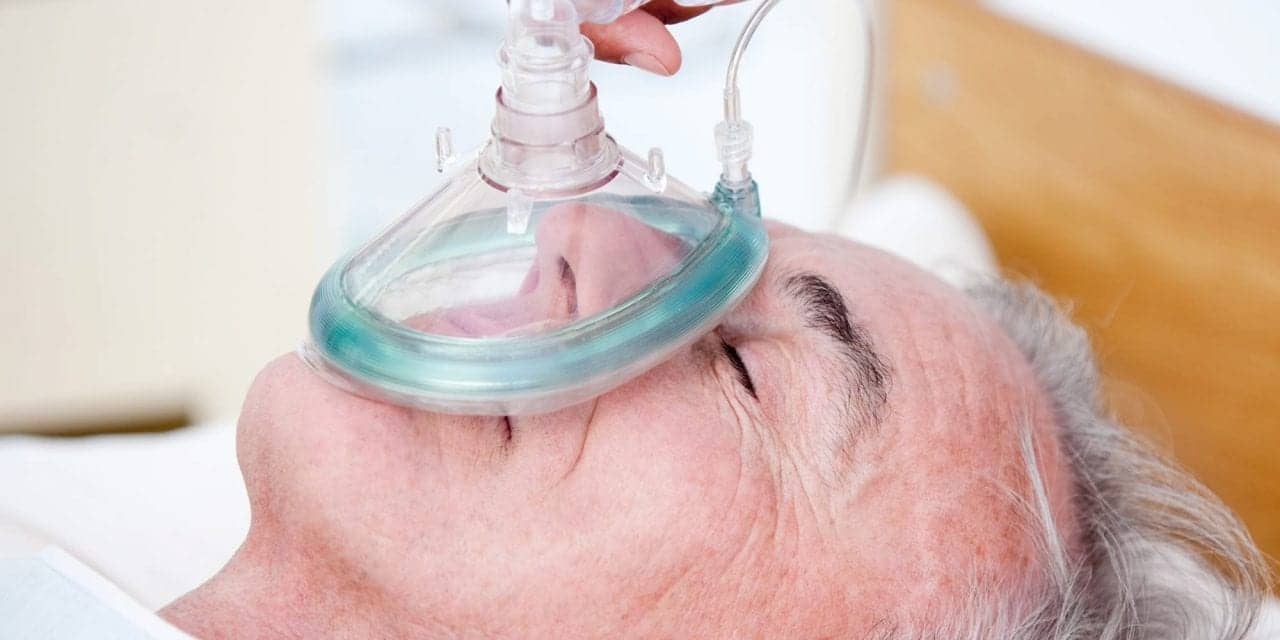does oxygen prolong life at end of life
After discussion with the family it can often be stopped when the patient is comatose. O2 at 2L is not going to really prolong their life or the dying process it is really just to make sure that the patient is not struggling to breath.

Oxygen Is Nonbeneficial For Most Patients Who Are Near Death Journal Of Pain And Symptom Management
He was able to still walk a little at this time.

. 1011 In a survey sent to 648 palliative care specialists 70 of them responded that they had ordered palliative oxygen if the patient was dyspneic. Minimal Benefit Three years ago Amy Abernethy MD and a multinational team of scientists evaluated 239 subjects at outpatient clinics in the United States Australia and the United Kingdom regarding the efficacy of oxygen administration at the end of life. If youre providing supplemental oxygen that might just take longer said Dr.
It may prolong dying. A machine to help with breathing A machine to help your kidneys A tube into your stomach to provide food nasogastric or gastrostomy tubeA tube into your vein to provide fluids and medicines intravenous IV tubeA tube or mask to supply oxygen. At some point the oxygen level gets so low its no longer compatible with life.
But simple mask- or cannula- delivered oxygen should not considered resuscitative unlike delivery by forced pressure for where you seek to actively inflate the lungs as with a BVM or demand valve. In the days to hours before death when our body is shutting down the heart is unable to pump the blood normally through the body. Theres some point at which that the oxygen level gets so low that its no longer compatible with life.
Roxy there is no way to know exactly. End-of-life care is the term used to describe the support and medical care given during the time surrounding death. Oxygen Use at the End of Life.
As patients respiratory rate starts to fall carbon dioxide is increasing and oxygen levels are decreasing he said. Circulation is slowed breathing is slowed so oxygen exchange between the lungs and the blood is slowed. Ninety-six percent of the respondents facilities had a standard comfort care protocol for end-of-life patients that offered oxygen regardless of whether patients had breathlessness or not.
Older people often live with one or more chronic illness and need significant care for days weeks and even months before. See further detail related to it here. Oxygen is useful initially if oxygen saturation is less than 90 but it might prolong the dying process in patients who are about to die.
Supplemental oxygen is frequently prescribed for patients in palliative care to manage their dyspnea at the end of life even if they are not hypoxemic. Fast Fact 112 discusses implantable cardioverter-defibrillators. For patients at the very end of life it can unnecessarily prolong the dying process.
Does oxygen prolong life at end of life. Another downside of supplemental oxygen. What is normal oxygen level for elderly.
This Fast Fact discusses management of cardiac pacemakers at lifes end. Hachmo Y Hadanny A Abu-Hamed R Daniel-Kotovsky M Catalogna M Fishlev G Lang E Polak N Doenyas K Friedman M Zemel Y Bechor Y Efrati S Hyperbaric oxygen therapy increases telomere length and decreases immunosenescence in isolated blood cells. When a patient is in the final stages of illness and the goal is comfort care I believe oxygen should be given only rarely because it may prolong the dying process.
Does oxygen prolong life at end of life. My fathers bp temp and O2 went down very low and he lived for two more months. Practice Inquiry Leadership Advanced Practice DNP.
It states that the physical body is so compromised due to decreased circulation and lung congestion that there is no effect. Value of oxygen therapy in end-of-life care challenged in new study. It is not going to prolong life in any meaningful way - rather its used.
Do dying patients need oxygen. For patients at the very end of life it can unnecessarily prolong the dying process. If your mother is bed-bound and actively dying then all you can do is wait.
Letting go of life is not a simple thing for body and spirit to do. Use of any medical intervention - including oxygen - may prolong life somewhat but in general its used to keep a dying person comfortable in their last days and weeks. For patients at the very end of life it can unnecessarily prolong the dying process.
Correspondingly do dying patients need oxygen. Do oxygen levels drop when dying. For example- I had a patient who was actively dying and the patients family refused to allow me to place the O2 on their mother because they thought it was going to keep her alive longer and drag out the process their words not.
Liative care coordinators the use of oxygen in end-of-life care was questioned by cited authors and growing evidence suggests that oxygen use may not always be indicated 3 and may be unbeneficial 4 and unnecessary 5 at the end of life. Some medical interventions in end-of-life care can save or prolong a patients life. Millions of patients with advanced disease in palliative care settings receive oxygen therapy to help them breathe more easily.
Frequently oxygen is continued in patients who are deeply unconscious and in. There are no specific best practice guidelines on the use of oxygen at the end of life. In addition some profession-als have postulated that oxygen use at the very end of life may prolong the dying process.
This equipment does the work of the body organ such as. Thirty percent of the ordering physicians. This type of care does not happen only in the moments before breathing ceases and the heart stops beating.
So will hydration warmth and other basic necessities. 2 9 The terms withholding and withdrawing can be confused with each other. In most situations it does not prolong life and it is even questionable if it can ease the air hunger that is part of the dying process.
However patients and their family members are often faced with decisions about when and if these treatments should be used or if the treatments should be withdrawn. Forty-three percent of respondents believed that oxygen use at the very end of life affects the timeline of natural death by prolonging the dying process. The normal oxygen saturation level is 97100 OER 1.
Pacemaker Function at Time of Death Patients and their families often make assumptions that pacemakers prolong the dying process and thus prolong suffering. Treatments to extend life can include the use of machines. However a pacemaker is not a resuscitative device.
A prospective trial. There is research saying that administering oxygen as the end of life approaches doesnt prolong life or even have any beneficial effects. I have no conflicts of interest to disclose.
Oxygen canwill depending upon the circumstances prolong life. Oxygen might also be uncomfortable for the patient. 17 years Morris Wooding and Grant 2011 Health care resources Patients preferences and actions Di Censo Guyatt and Ciliska Clinical state setting and circumstances Research.
The first distinction that must be made is between the use of oxygen in unconscious and conscious patients. However recent studies are questioning the need for and benefits of end-of-life oxygen. Theres some point at which that the oxygen level gets so low that its no longer compatible with life.

End Stage Copd Copd At The End Of Life What To Expect

End Of Life Signs The Final Days And Hours
Oxygen Morphine And Air Hunger Bk Books

Oxygen Is Nonbeneficial For Most Patients Who Are Near Death Journal Of Pain And Symptom Management
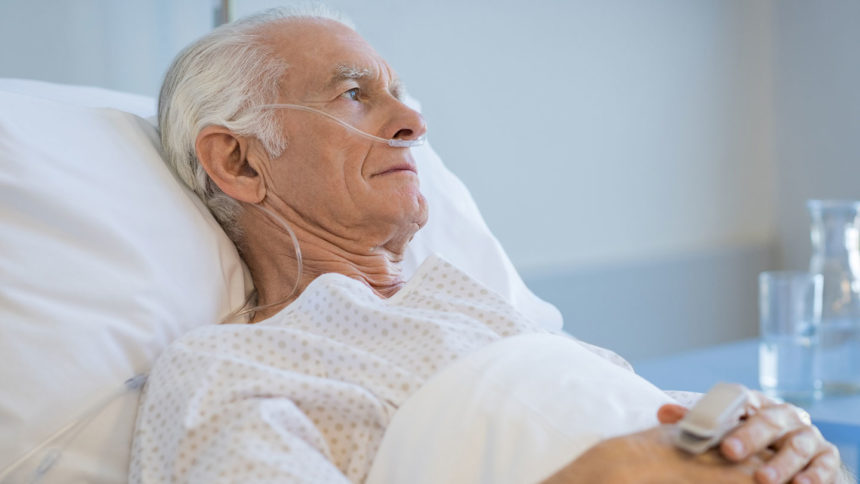
Validating Fears Helps Shift Patients Palliative Care Expectations Study Clinical Daily News Mcknight S Long Term Care News

Oxygen Is Nonbeneficial For Most Patients Who Are Near Death Journal Of Pain And Symptom Management
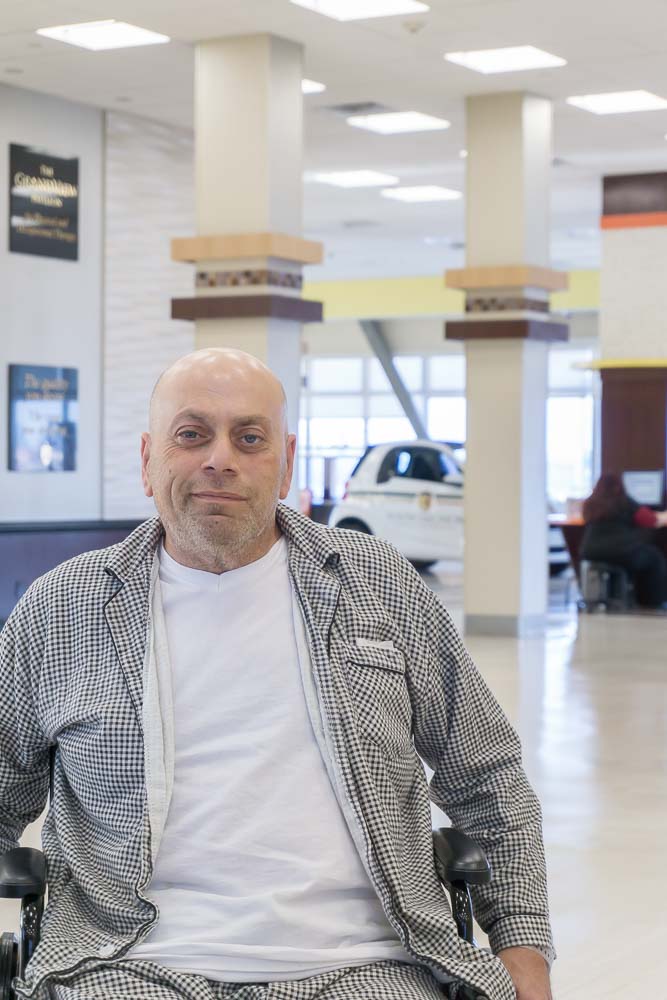
Oxygen Therapy Benefits For Adults And Seniors

Life Prolonging Treatments Kokua Mau
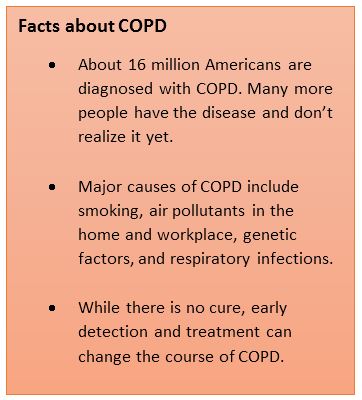
End Stage Copd Copd At The End Of Life What To Expect

Will You Ever Be Able To Stop Using Oxygen Therapy

Long Term Oxygen For Copd National Institutes Of Health Nih
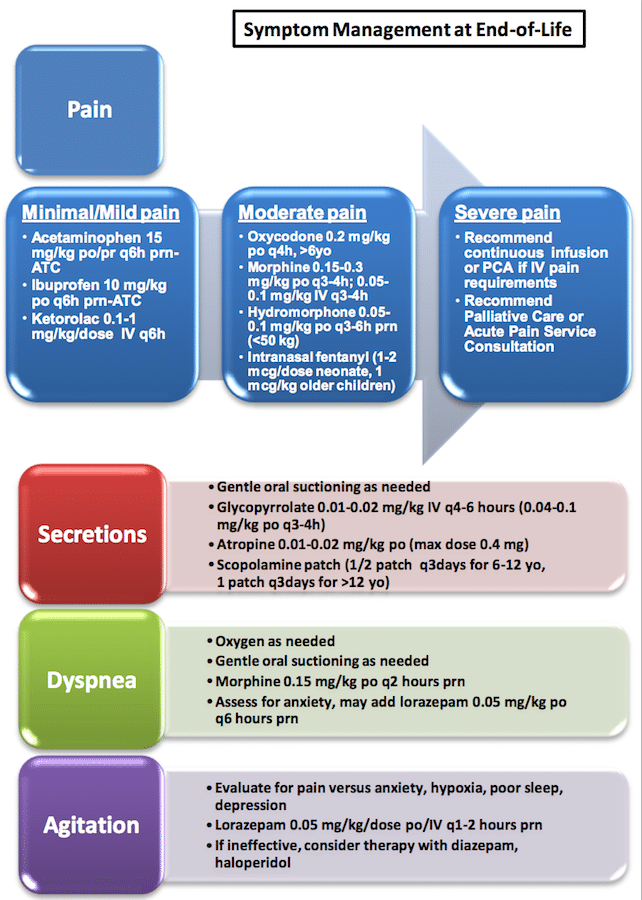
End Of Life Care In Emergency Medicine
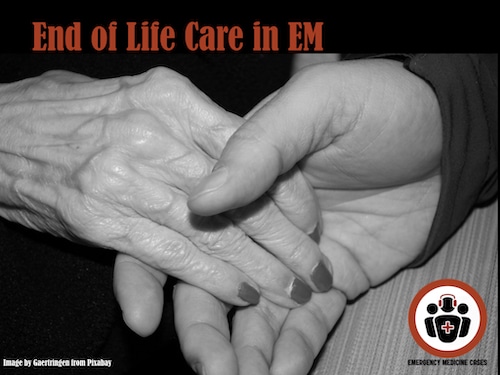
End Of Life Care In Emergency Medicine
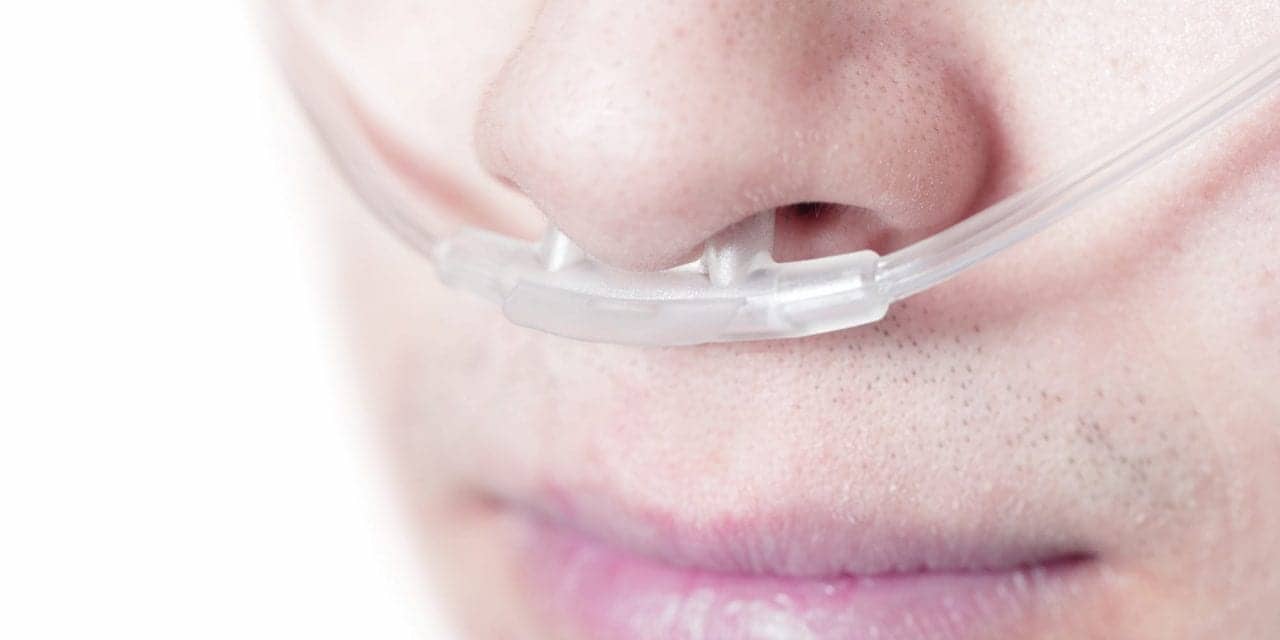
The Role Of Oxygen In Palliative Care Rt

Safety And Effectiveness Of Palliative Drug Treatment In The Last Days Of Life A Systematic Literature Review Journal Of Pain And Symptom Management
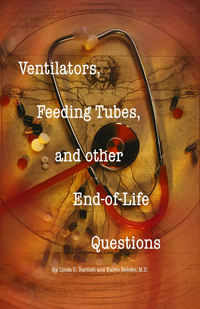
Ventilators Feeding Tubes And Other End Of Life Questions Lutherans For Life

High Flow Nasal Cannula Versus Conventional Oxygen Therapy In Relieving Dyspnea In Emergency Palliative Patients With Do Not Intubate Status A Randomized Crossover Study Annals Of Emergency Medicine
